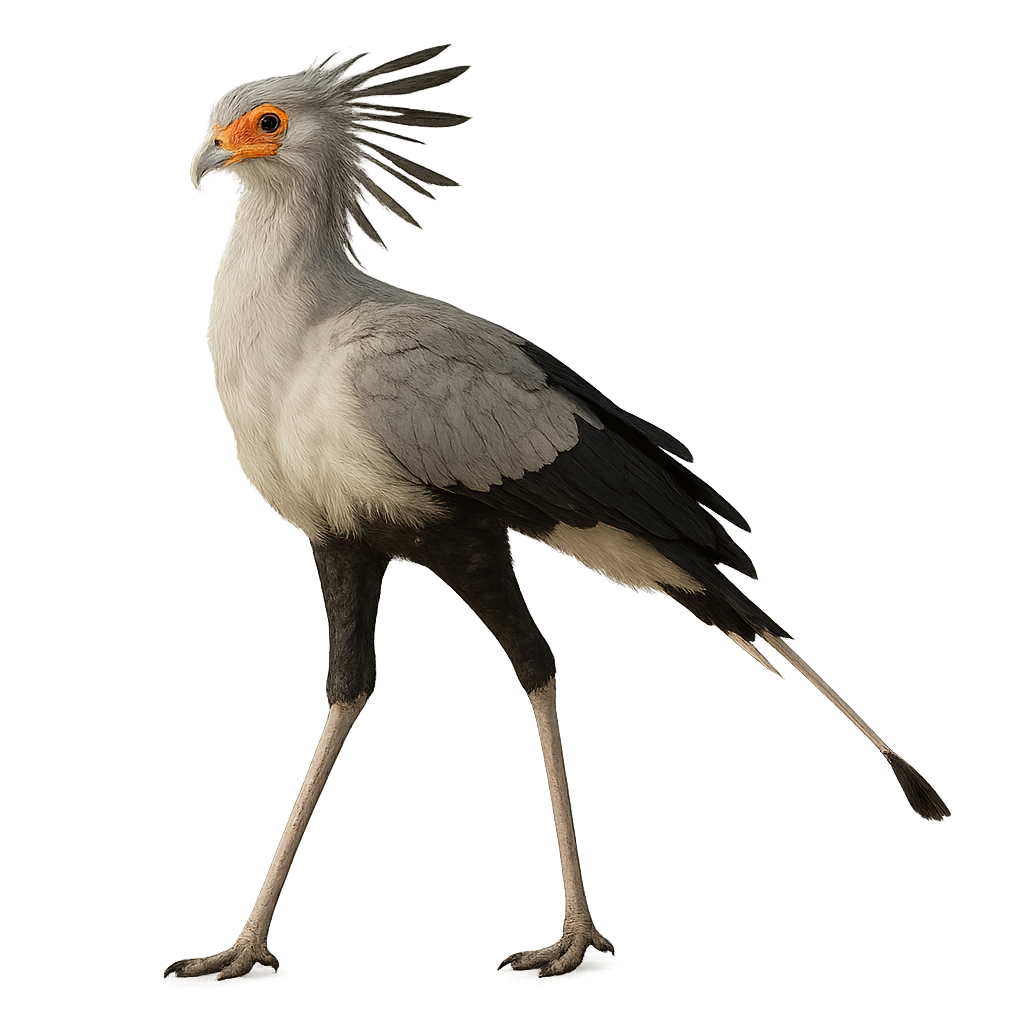Observe and photograph a species in its natural habitat
Learn where and when to observe a species in the wild, how to recognize it in the field, and what habitats it lives in. Get photography tips adapted to its behavior and capture stunning images without disturbing the animal. For full details, open the complete profile in the WildlifePhotographer app.
White-cheeked hornbill
Scientific name: Tockus alboterminatus

IUCN Status: Least Concern
Family: BUCEROTIDAE
Group: Mammals
Shyness: Suspicious
Safe distance: 30 m
Breeding season / Courtship: 01.06-31.08
Gestation: N/A
Births: 01.09-31.10
Habitat:
Open forests, savannas, and woodlands of sub-Saharan Africa, especially in the northern and central parts of the continent
Description:
The Sagittarius Hornbill, or Tockus alboterminatus, is a medium-sized bird primarily found in the savannas and open forests of Central and East Africa, notably in Kenya, Tanzania, and Uganda. It measures about 45 to 50 cm in length and weighs between 100 and 150 g. This bird is distinguished by its predominantly light gray and white plumage, with touches of black on the wings and tail, as well as a long, curved beak, characteristic of hornbills and messengers. Its name "sagittarius" comes from its beak, which resembles an arrow. The Sagittarius Hornbill primarily feeds on fruits, seeds, small insects, and small vertebrates. It is also known for its social behaviors and can be observed in small groups or pairs, and while less noisy than other hornbills, it emits distinct communication calls. The species is not currently endangered but may be affected by deforestation and loss of its natural habitat.
Recommended lens:
>=300 mm
Photography tips:
Use a telephoto lens to photograph this hornbill, especially when it perches on trees or moves in flight. The soft light of the morning or evening is ideal for capturing the details of its distinctive beak and plumage. Be discreet and respect their space to avoid disturbing their natural behavior, especially during the breeding season.
Ready to take action?
Choose your platform and start your free trial today



